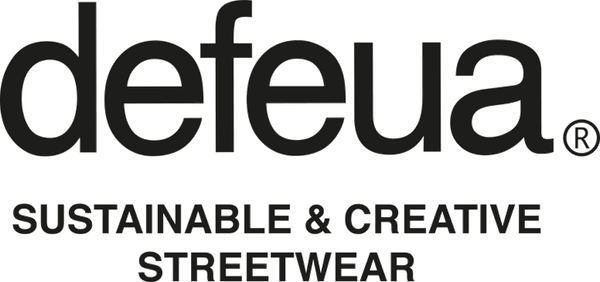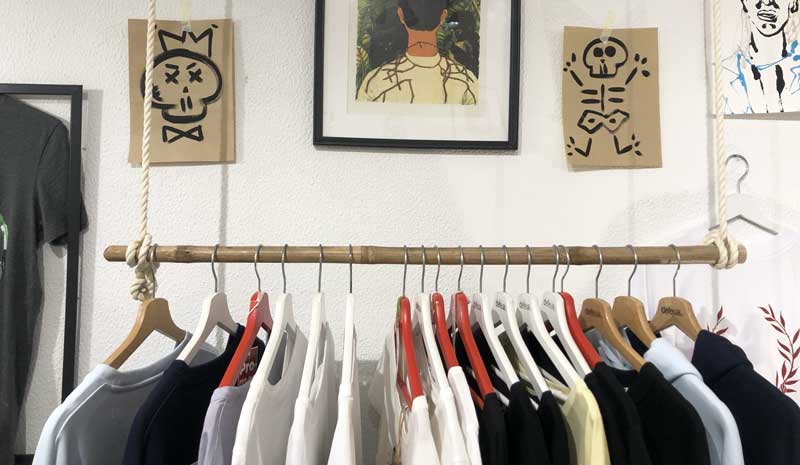
What does "combed cotton" mean?
Luca BensiMaybe it happened to you too.
Years ago I was in a shop and while I was deciding between a couple of t-shirts the shop assistant said to me: " if I can give you some advice I would choose this one, it's made of combed cotton ,while the other one isn't".
Obviously I wanted to show that I was on the ball and I nodded my head to give the impression of being someone who "knows", but the question was clearly running in a loop in my brain:
"But what does it mean?"
The shop assistant watched me laughing, while I moved around disoriented like Vincent Vega (John Travolta) in Pulp Fiction when he enters Mia Wallace's (Uma Thurman) house.
From that day I understood that:
- I wouldn't have been an actor;
- I should have found out.
So I did and with this article I want to save you the time of searching.
Read on, it may also help you understand why many of our products are made from spun and combed organic cotton .
What does "yarn" mean?
Spinning is the process that allows the initially disordered mass of cotton fibers (called staple ) to be organized and arranged into a homogeneous and orderly whole (the yarn) which can then be transformed into fabric.
The bale of cotton it passes through several phases before arriving at the final spinning: from preparation, to carding, to combing, to ironing, to twisting.
I will summarize the combing phase and reveal some advantages of this process (and some disadvantages).
What does "combed cotton" mean?
After carding (which consists, to simplify, of cleaning and sorting the various cotton fibers) the combing process is... just what you imagine.
Long fibers of the same length are selected , eliminating the shorter ones (they are the ones that break more easily) to create a smoother, more resistant and high quality yarn.
The fibers are then arranged parallel and combed in the same direction.

It's just like when you comb your hair before going out: you do it to have a tidier, more well-groomed appearance, pleasing to the eye, right?
Imagine thinking the same way about fibers!
There are 2 phases of combing :
- a circular comb combs the head of the strand of fibers;
- a straight comb combs the tail of the lock.
The two hairstyles act alternately, until reaching a continuous combed ribbon.
What are the benefits?
Here are a series of advantages of a combed cotton garment:
- quality: it has a higher quality than uncombed cotton;
- resistance: it is more resistant over time as it is composed of long fibres;
- aesthetics: it is more refined and beautiful to look at
- the classic pilling effect is eliminated (i.e. when the fabric wears out forming fiber balls ...)
- feel : it is softer and more pleasant to the touch than carded cotton.
In short, it is ideal for a garment that you have to wear next to the skin such as a t-shirt or sweatshirt.
What are the disadvantages?
I won't hide from you that there are also some disadvantages linked to this process.
- waste: discarding short fibers means wasting part of the material. On average, approximately 28% of the initial raw material is eliminated (which can still be recovered and used to produce different fabrics);
- costs : greater workmanship and quality entail a higher cost for those who produce;
- washing : combed cotton prefers washing at lower temperatures in order to maintain its quality characteristics, so you have to pay a little more attention to it.
Ultimately, the rule to remember always remains the same: treat your clothes well and you will be able to use them for a long time.
Regardless of many discussions and technologies, this is always one of the most sustainable and useful behaviors.
Now find out which of our garments are made of 100% spun and combed organic cotton by clicking HERE !


